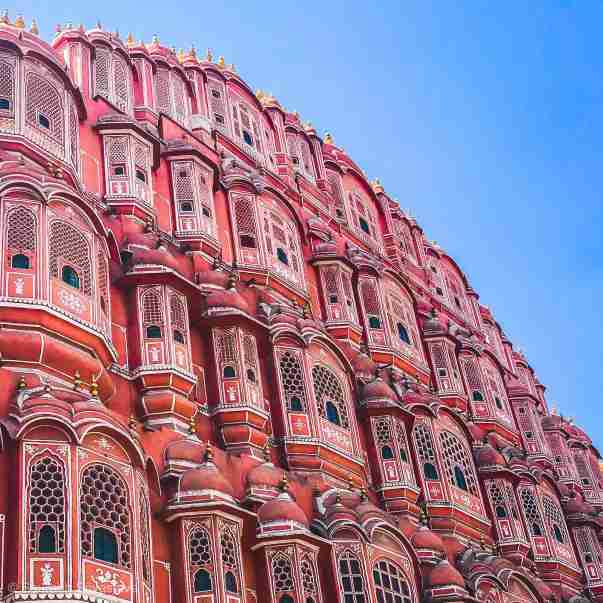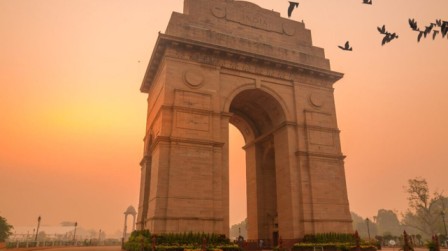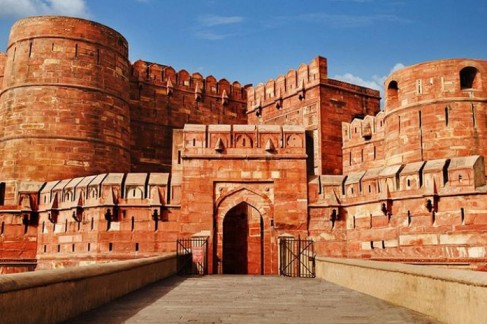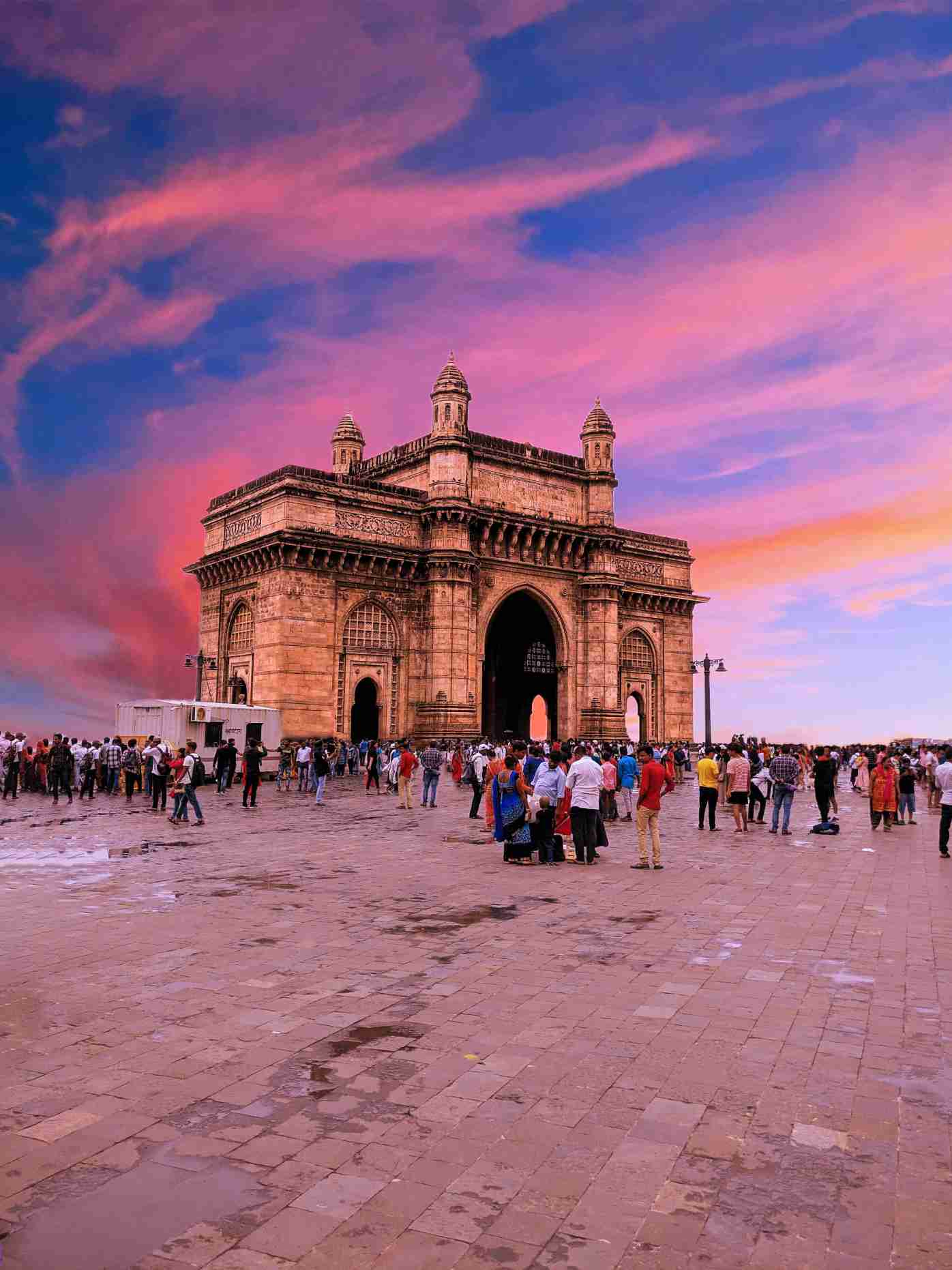India is one of the most culturally rich countries in the world. And is even recognised by UNESCO- United Nations Educational, Scientific and Cultural Organisation for having many important heritage sites in its geographical stretch. Ranking 6th in the heritage sites list, India is home to 37 heritage sites.
Out of which there are 29 cultural, 7 natural and one mixed heritage site. Out these 37, we are covering the top 10 best and interesting Unesco World Heritage Sites of India
Mixed Heritage Sites
1. Kanchenzonga National Park-
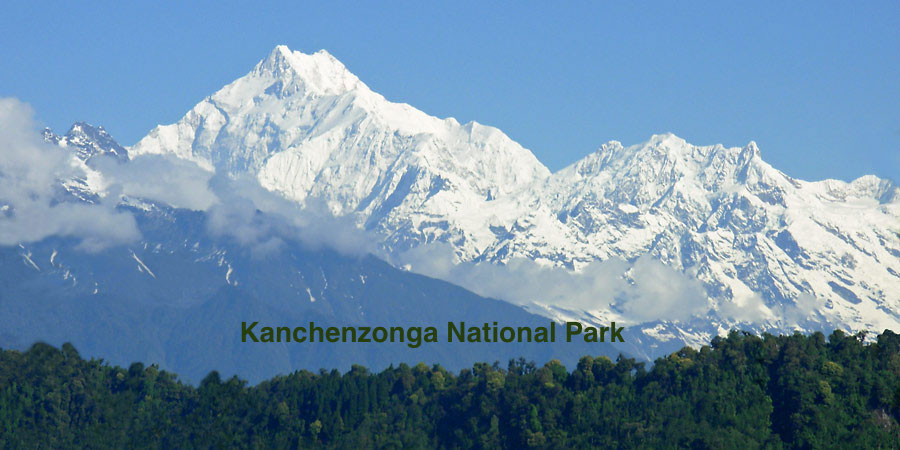
It is one of the most interesting UNESCO heritage sites in India, Located in the state of Sikkim, Kanchenzonga national park is the only mixed cultural site in India i.e. it is recognised as being equally cultural and natural in its nature. It gets the name from the Kanchenzonga mountain ranges, which are the third highest mountain peaks in the world and the largest in India. The fauna includes, Himalayan black bear, Civet, Goral, Snow Leopard.
FUN FACT- the Tibetan name Kangchenjunga translates “Five Treasures of Snow,” referring to Kangchenjunga’s five peaks.
| Also Read: Khajuraho Group of Monuments – Facts, Timings & Arts of Unesco Site |
Natural Heritage Sites In India
1. Western Ghats
Commonly known as Sahyadri (Benevolent mountains) is an enormous mountain range that runs parallel to the western coast of the Indian peninsula. It is recognised as one of the eight hottest hot-spots of biological diversity in the world. It is home to certain endemic species of fauna, which include; lion-tailed macaque, Nilgiri tahr, purple frog, bronzeback vine snake and whatnot.
FUN FACT- According to UNESCO, the western ghats are older than the Himalayas.
2. Valley Of Flowers National Park
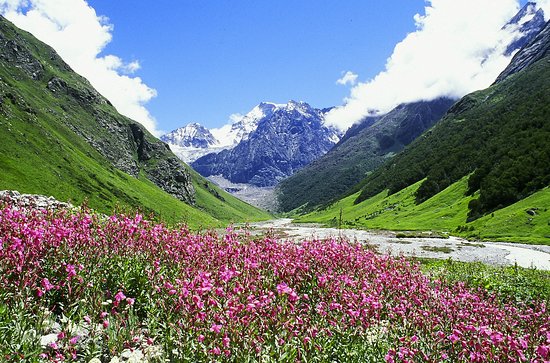
Located in the state of Uttarakhand, this natural heritage site is straight out of a Bollywod movie. The long stretch of green, surrounded by beautiful flora and fauna, the only thing missing, SRK doing his signature pose. The valley is also a popular trekking site. The fauna includes; the red giant flying squirrel, red fox, Himalayan weasel, yellow-throated marten.
FUN FACT- the local people have been visiting the valley since ancient times and Indian yogis are known to have visited the valley for meditation.
3. Manas Wildlife Sanctuary
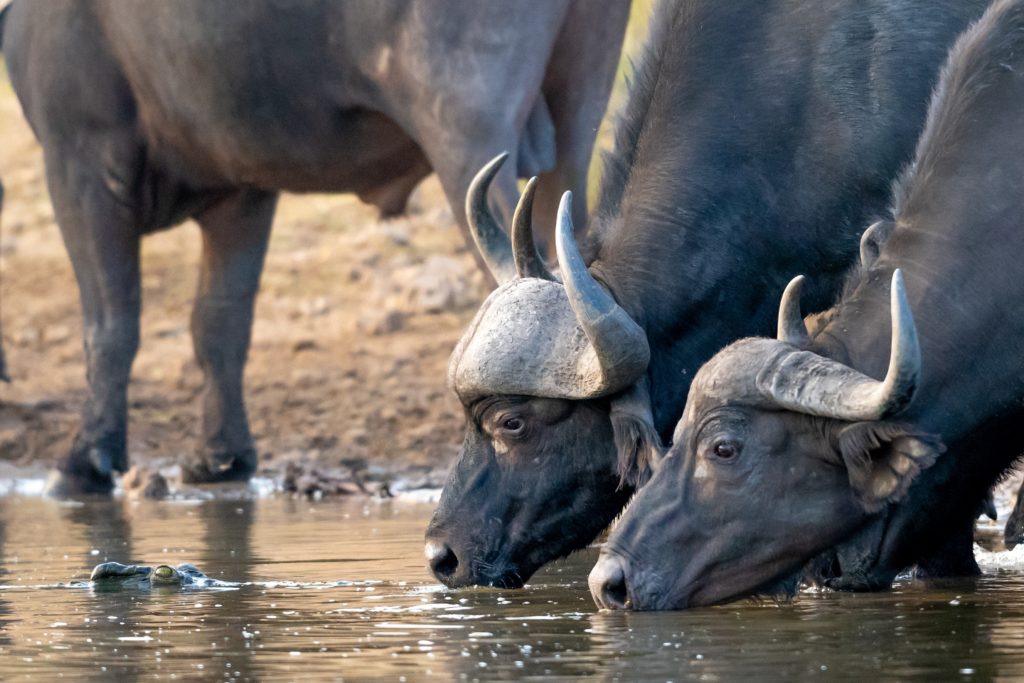
It is situated in the state of Assam and is home to several endangered and endemic species like the Assam roofed turtle, hispid hare, golden langur, wild water buffalo and pygmy hog. Other than this the sanctuary is also home to 55 species of mammals, 380 species of birds, 50 of reptiles, and 3 species of amphibians.
FUN FACT- The sanctuary gets its name from the river Manas, which was named after the serpent Goddess Manasa.
See Also: 5 Mountain Railways of India
4. Keolado Ghana National Park

Formerly known as the Bharatpur bird sanctuary, this park situated in the state of Rajasthan is home to around 230 species of birds and some of which are migratory. The most common, and largely present birds are the different kind waterfowl; gadwall, shoveler, common teal, tufted duck, knob-billed duck and many more.
FUN FACT- The sanctuary was created 250 years ago and is named after a Keoladeo (Shiva) temple within its boundaries.
UNESCO Cultural Heritage Sites In India
1. Group Of Monuments At Hampi
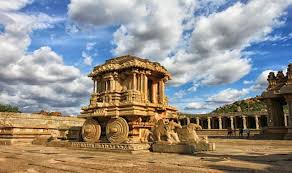
Hampi world heritage site located in the state of Karnataka, this group of monuments were the centre of a great Hindu empire of Vijayanagara in the 14th century. Though some of the archaeological findings date back to the time of Ashoka, the major monumental growth took place during the 14th century.
The most of famous of the monuments are the elephant stables, Virupaksha temple, Vithhala temple and the market, Hemakuta hill temples and the Mahanavmi Dibba.
FUN FACT- Hampi was traditionally known as Pampa (Another name for parvati) and according to “sthala purana” parvati pursued her ascetic lifestyle on the hemakuta hill.
2. Group Of Monuments At Hampi
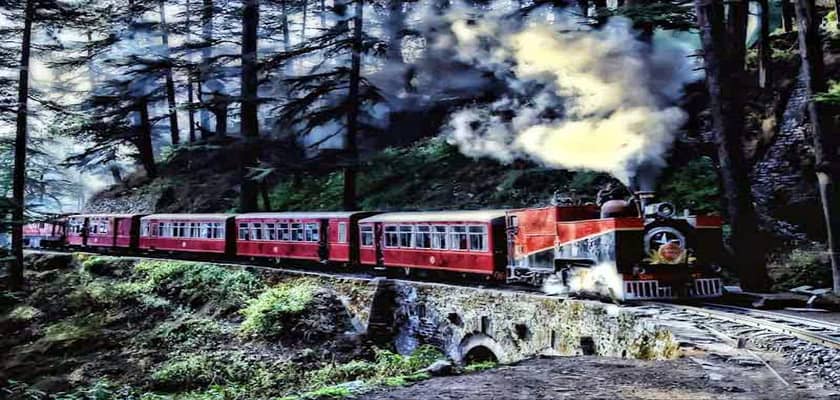
As the name suggests, the mountain railways, are the railway connection that are built in mountainous regions. The Darjeeling Himalayan Railway, the Nilgiri Mountain Railway, and the Kalka–Shimla Railway are the three lines that are collectively recognised by UNESCO as a world heritage site. These lines provide picturesque views of the untouched mountain ranges and are a thrilling experience to have.
FUN FACT- This railway connection was recognised by UNESCO in appreciation of the great engineering and creativity by which the railways probe into the high altitudes but considerable regard to public and natural safety.
3. Ellora Caves
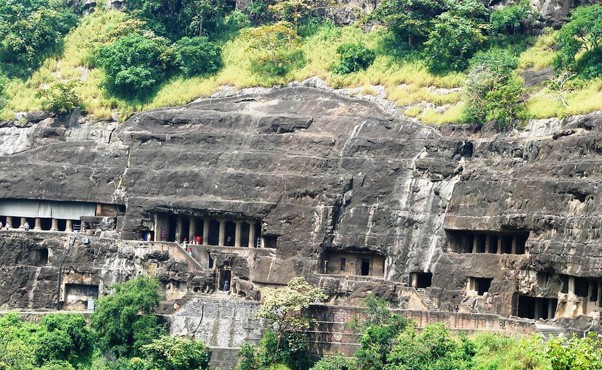
Located in the state of Maharashtra, the Ellora caves are one of the largest rock cut temple caves in the world and are definitely a sight to behold. The monuments featured here date back to as early as 600-1000 CE. These belong to Buddhism, Jainisn, Hindusim and the local cults of Shaivism and Vaishnavism.
The most remarkable of sites at Ellora caves are; the Rameshwar temple, the Dashavatara cave, Kailashnath temple, Vishwakarma cave. The Dashavatara carvings depict the ten avatars of Vishnu, which looks as fascinating as it sounds.
FUN FACT- The Kailashnath temple is the largest single rock carving in the world which brims with so much detail that it is hard to believe that only one rock gave way to such a stunning beauty.
4. Jantar Mantar, Jaipur
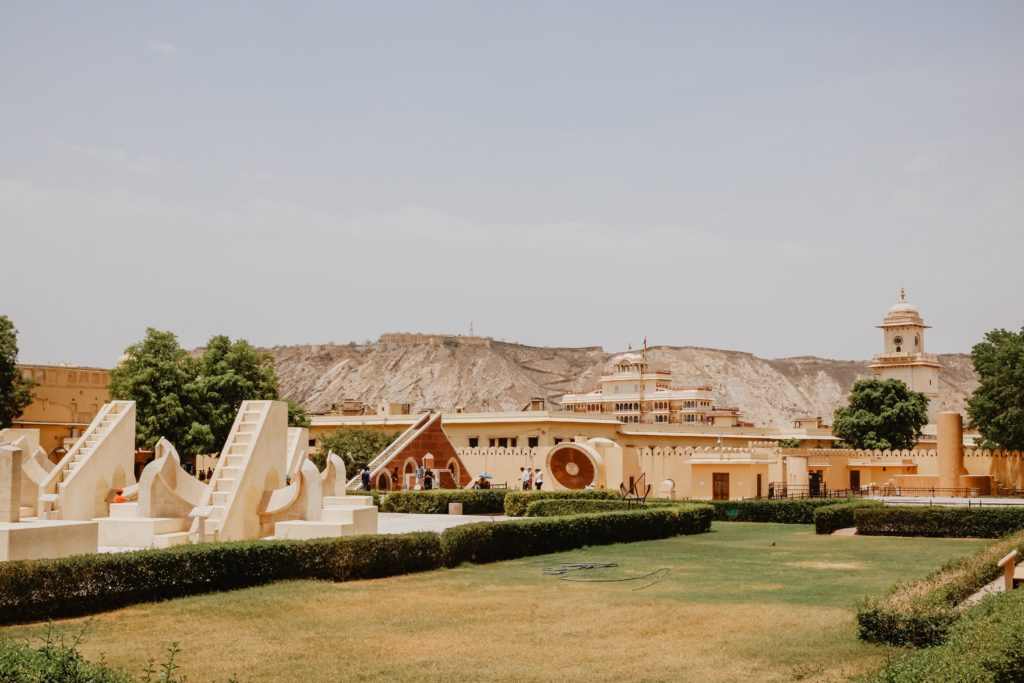
Located in the capital city of Rajasthan, the Jantar Mantar is a collection of nineteen astronomical instruments which were built by Sawai Jai Singh II. These instruments were used to measure time and other celestial phenomena.
It is interesting to note that this kind of architecture was undertaken at a time when there was less availability of machines and accuracy had to be hand catered. Even then the instruments are extremely accurate and were an unconventional building during that time. As mostly kings built temples or at most palaces.
FUN FACT- The name “Jantar Mantar” is a derivation from Sanskrit and literally means “calculating instrument”.
5. Khajurao Temple
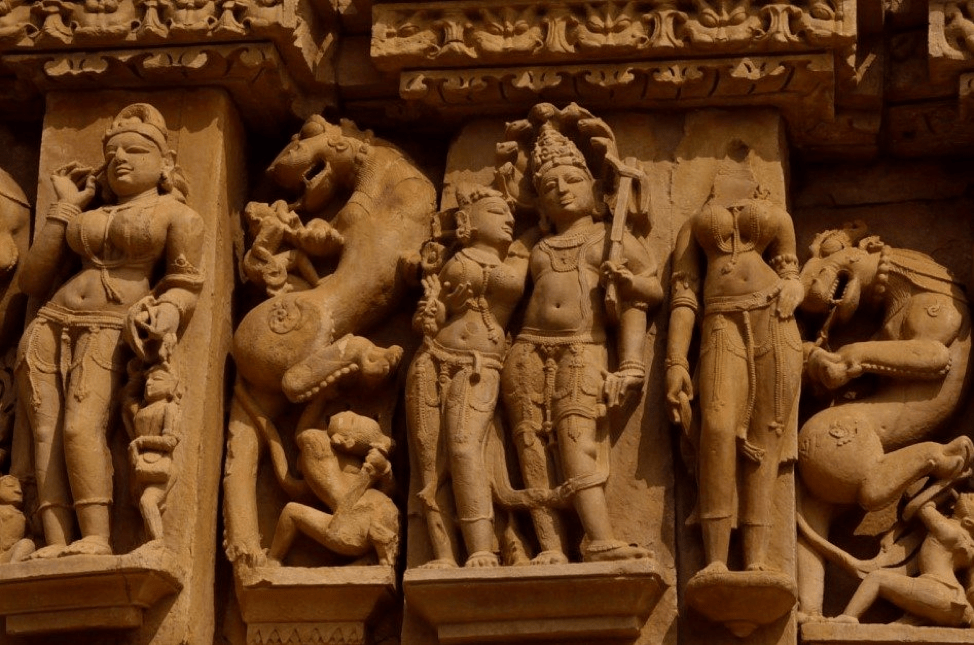
Located in the state of Madhya Pradesh, the Khajurao group of monuments are famous for their architectural significance and much largely for their erotic sculptures. The sexual practices displayed in carvings constitute only 10% of all the art displayed, but are the most eye catching because people find the open display of sexual practices in a place of worship uncanny and surprising, as in most religions it is frowned upon.
But according to Jainism and Hinduism, “Kama” is an equally important aspect of life and thus need to be celebrated likewise. In fact another progressive aspect of these displays is the same-sex engagement. There are carvings which show man with man and woman with woman, which again breaks the stereotypes and homophobia barriers which are otherwise attached to religion.
Now I hope you are got enough knowledge about UNESCO heritage sites in India and if you are interested to know more about India and its related things please visit yehaindia.com!



